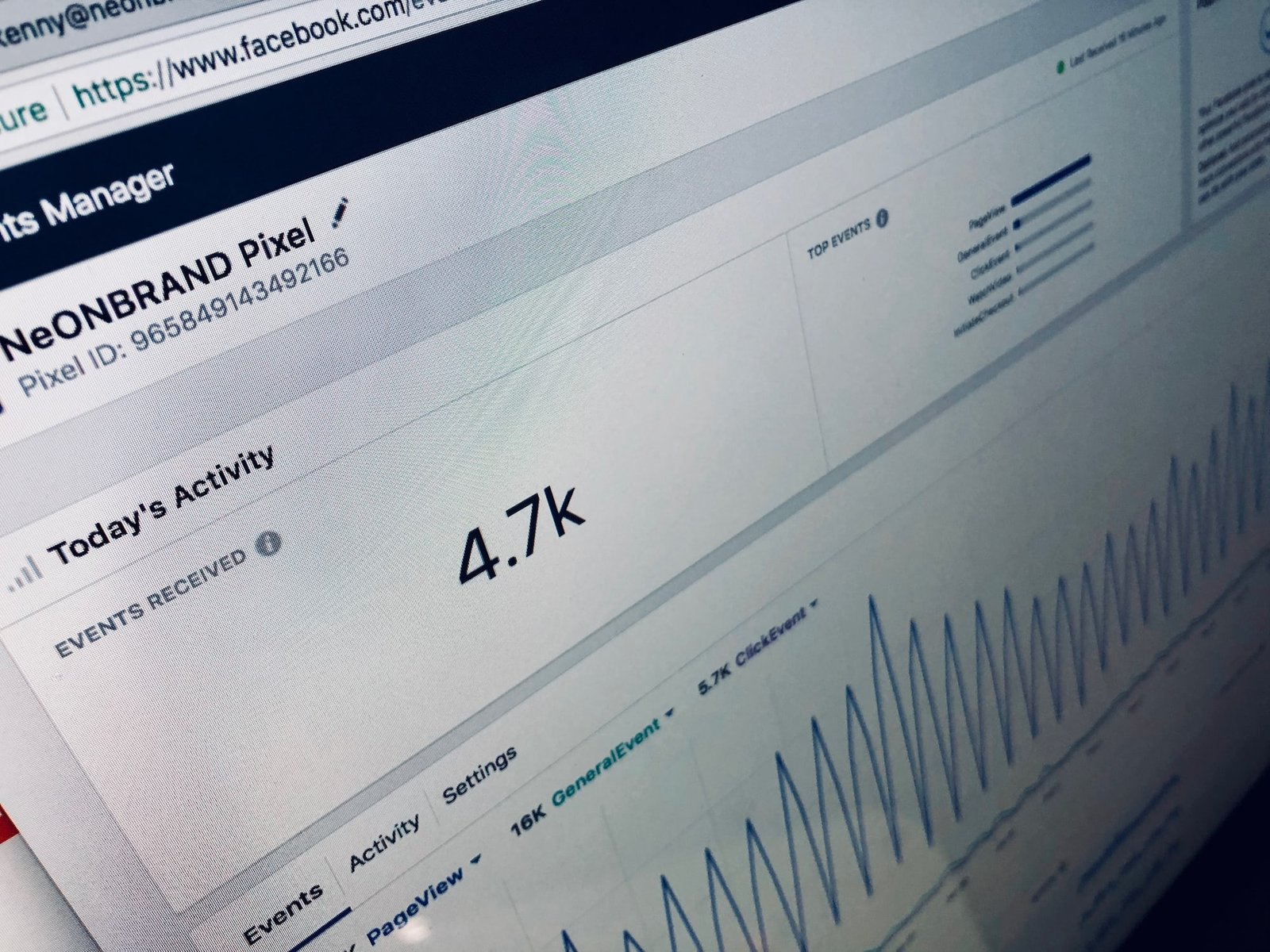Hey there, fellow freelancers and small business owners! Welcome back to my blog, where I share my expertise on all things website design and development. Today, I want to dive deep into the world of freelance web design rates. As a professional website designer specializing in WordPress solutions for small businesses, I know firsthand how important it is to understand the intricacies of pricing in this industry. So, whether you’re a freelancer looking to set your rates or a small business owner in need of a website, this blog post is for you. Let’s get started!
Table of Contents
- What are Freelance Web Design Rates?
- Factors that Influence Freelance Web Design Rates
- Experience and Expertise
- Project Scope and Complexity
- Timeframe and Availability
- Geographic Location
- Different Pricing Models for Freelance Web Design
- Hourly Rate
- Project-Based Rate
- Value-Based Rate
- Understanding Hourly Rates for Freelance Web Design
- Industry Standards and Averages
- Setting Your Hourly Rate
- Calculating Project Estimates
- Pros and Cons of Project-Based Rates
- Benefits of Project-Based Rates
- Drawbacks of Project-Based Rates
- The Value-Based Pricing Approach
- Defining Value-Based Pricing
- Identifying Client’s Pain Points and Goals
- Communicating Your Value and Pricing
- Tips for Determining the Right Rate for Your Web Design Services
- Research and Market Analysis
- Evaluating Your Skillset and Experience
- Considering the Project Requirements
- Competitive Analysis
- Adjusting Rates as You Grow
- Frequently Asked Questions (FAQ)
- Conclusion
What are Freelance Web Design Rates?
Before we delve into the nitty-gritty details, let’s start with the basics. Freelance web design rates refer to the fees charged by independent web designers for their services. These rates can vary greatly depending on several factors, such as experience, expertise, project scope, timeframe, geographic location, and pricing model.
As a freelancer, it’s crucial to strike a balance between setting a rate that reflects your skills and expertise while remaining competitive within the market. On the other hand, small business owners should understand the factors that influence web design rates to make informed decisions and ensure they’re getting the best value for their investment.
Factors that Influence Freelance Web Design Rates
Now that we have a general idea of what freelance web design rates are, let’s explore the key factors that influence these rates. Understanding these factors will not only help you determine the right rate for your services but also allow you to negotiate effectively with clients. So, let’s break it down:
1. Experience and Expertise
Experience and expertise play a significant role in determining freelance web design rates. As a general rule, the more experience and specialized skills you have, the higher your rates can be. Clients are often willing to pay a premium for designers who have a proven track record of delivering high-quality websites and possess in-depth knowledge of the latest design trends and technologies.
2. Project Scope and Complexity
The scope and complexity of a project also have a direct impact on the rates you can charge as a freelance web designer. Projects that require advanced functionality, extensive customization, or e-commerce integration are generally more time-consuming and demanding. Therefore, it’s only fair to charge higher rates for these types of projects.
3. Timeframe and Availability
The timeframe in which a project needs to be completed can influence the rates charged by freelancers. If a client requires a quick turnaround or needs you to prioritize their project over others, it may be appropriate to charge a higher rate. Additionally, your availability and workload can also impact your rates. If you’re in high demand and have limited availability, you can justify charging a premium for your services.
4. Geographic Location
Geographic location is an often overlooked factor that can significantly affect freelance web design rates. Rates can vary greatly depending on the cost of living and average income in your area. For example, freelancers based in major cities with a higher cost of living may charge higher rates compared to those in smaller towns or rural areas.
Understanding how these factors influence web design rates is crucial for both freelancers and small business owners. Freelancers can gain insight into setting competitive rates, while small business owners can effectively evaluate quotes and negotiate with designers. In the next section, we’ll explore the different pricing models commonly used in freelance web design.
To be continued…
